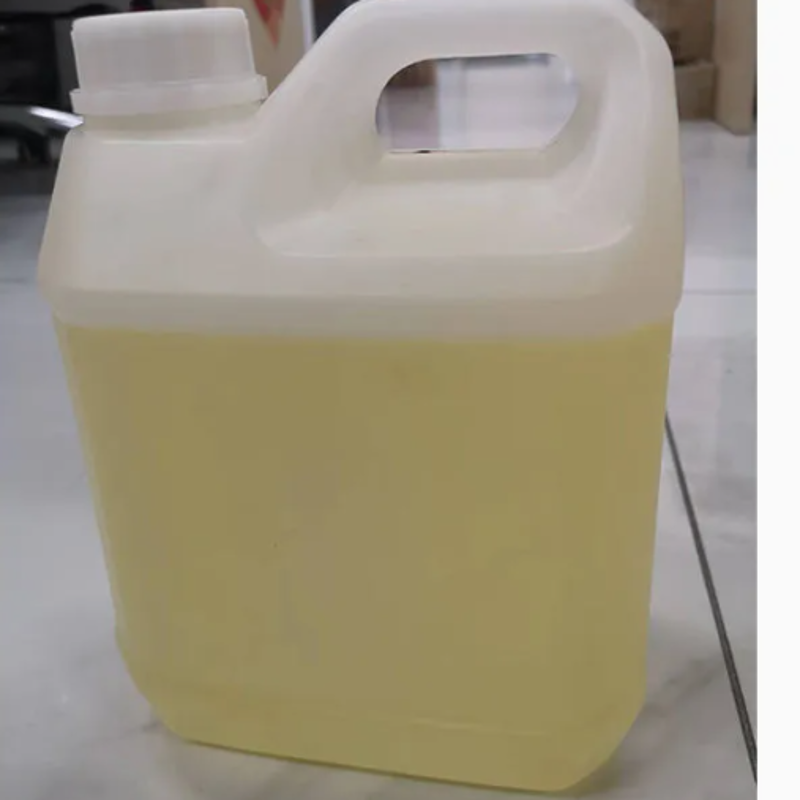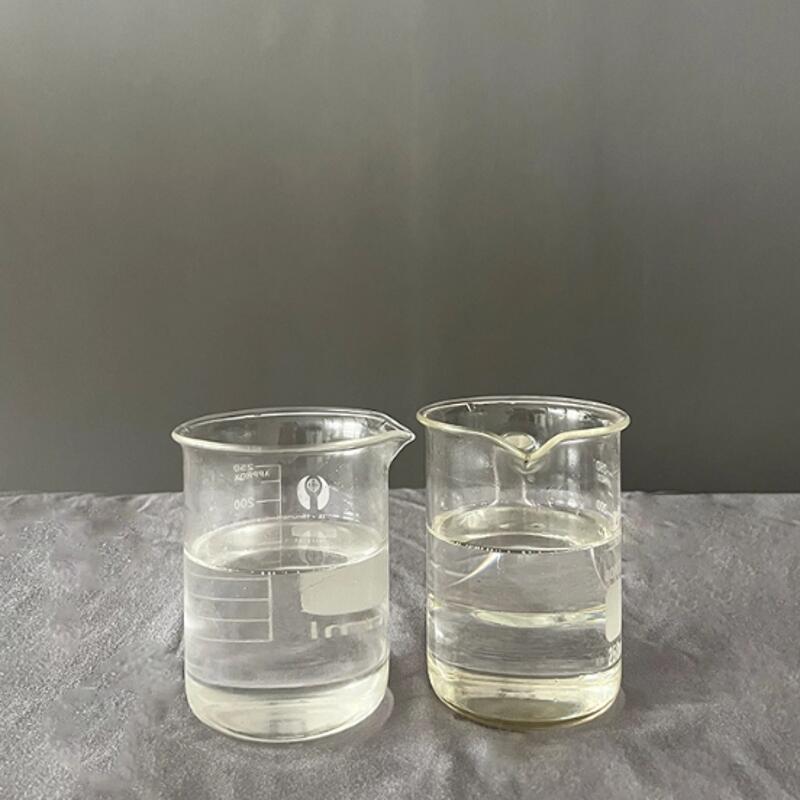-
Categories
-
Pharmaceutical Intermediates
-
Active Pharmaceutical Ingredients
-
Food Additives
- Industrial Coatings
- Agrochemicals
- Dyes and Pigments
- Surfactant
- Flavors and Fragrances
- Chemical Reagents
- Catalyst and Auxiliary
- Natural Products
- Inorganic Chemistry
-
Organic Chemistry
-
Biochemical Engineering
- Analytical Chemistry
-
Cosmetic Ingredient
- Water Treatment Chemical
-
Pharmaceutical Intermediates
Promotion
ECHEMI Mall
Wholesale
Weekly Price
Exhibition
News
-
Trade Service
Pollution of the environment by microplastics (plastics smaller than 5 mm) has become a global challenge and may pose a threat to biota and human health
.
However, current research has mainly focused on the aquatic environment, and little is known about the sources, migration, and ecological risks of plastics in terrestrial ecosystems
.
The team of Kang Shichang, a researcher at the Northwest Institute of Eco-Environment and Resources, Chinese Academy of Sciences, and their collaborators comprehensively assessed the distribution of microplastics in soil and their impact on the ecosystem, and looked forward to future research work
.
figure 1.
Global soil microplastic research site distribution and pollution concentration
Microplastics are ubiquitous in soil matrices worldwide (Fig.
1), however, the inherent technical difficulty of extracting solid particles from complex matrices and the inconsistency of analytical techniques limit the development of soil microplastics research
.
Especially in Africa, South America and Oceania, there are few studies on the occurrence and distribution of microplastics in the soil environment
.
Aiming at the inconsistency of analytical techniques, based on a comprehensive review of the existing analytical techniques, the study proposes a suggested analytical scheme for soil microplastics (Figure 2)
.
figure 2.
Soil Microplastics Suggested Analysis Program
The morphological characteristics of microplastics are directly related to their environmental behaviors and effects, and the study found that fibrous and fragmented microplastics with small particle sizes made of PE and PP are the most common in soil environments (Fig.
3)
.
Comparing the characteristics of microplastics in aquatic environments (rivers, oceans) and soil environments, it is found that there are certain similarities in microplastics in aquatic and soil environments, indicating that there are certain similarities in the sources of microplastics in terrestrial and aquatic environments, and the two There is an exchange of microplastics
.
image 3.
Summary of the shape, color, particle size and chemical composition characteristics of soil microplastics
Soil is both a "source" and a "sink" of microplastics
.
The huge but imperceptible microplastics are continuously transporting microplastics to the soil, resulting in the accumulation of microplastics in the soil
.
Plastic waste, agricultural mulching film residues, the application of sludge and organic fertilizers, atmospheric deposition and irrigation can all contribute to soil microplastic pollution (Figure 4)
.
Figure 4.
Sources of soil microplastics
Summarizing existing research results also found that microplastics can affect soil health and function by affecting biophysical properties such as soil pH, soil structure, soil fertility and nutrients, soil microbes, and water-holding capacity
.
As small particles in the soil, microplastics can be absorbed by plants and have a certain impact on the germination and growth of plants, but their effects are closely related to the particle size, shape and polymer type of microplastics
.
In addition, the food chain transport of microplastics in soil organisms has been demonstrated, and both toxic additives in microplastics and surface-enriched pollutants are key factors in the ecological risk of microplastics
.
In addition, the estimation and prediction of microplastic emissions in the soil environment, the storage of microplastics-"carbon", the influencing factors of soil microplastics distribution, the migration mechanism, and the enrichment process need to be further explored
.
This study deepens the understanding of microplastics in the soil environment and provides useful references for soil microplastics recycling, control and reduction
.
The related research results were published in Science of the Total Environment under the title Microplastics in soil: A review on methods, occurrence, sources, and potential risk
.
Yang Ling, a doctoral student at the Northwest Research Institute, is the first author of the paper, and associate researcher Zhang Yulan is the corresponding author of the paper
.
The research results have been jointly funded by the National Natural Science Foundation of China, the Second Qinghai-Tibet Plateau Comprehensive Scientific Expedition Research Project, the National Key R&D Project, the Light of the West, and the independent project of the State Key Laboratory of Cryosphere
.







